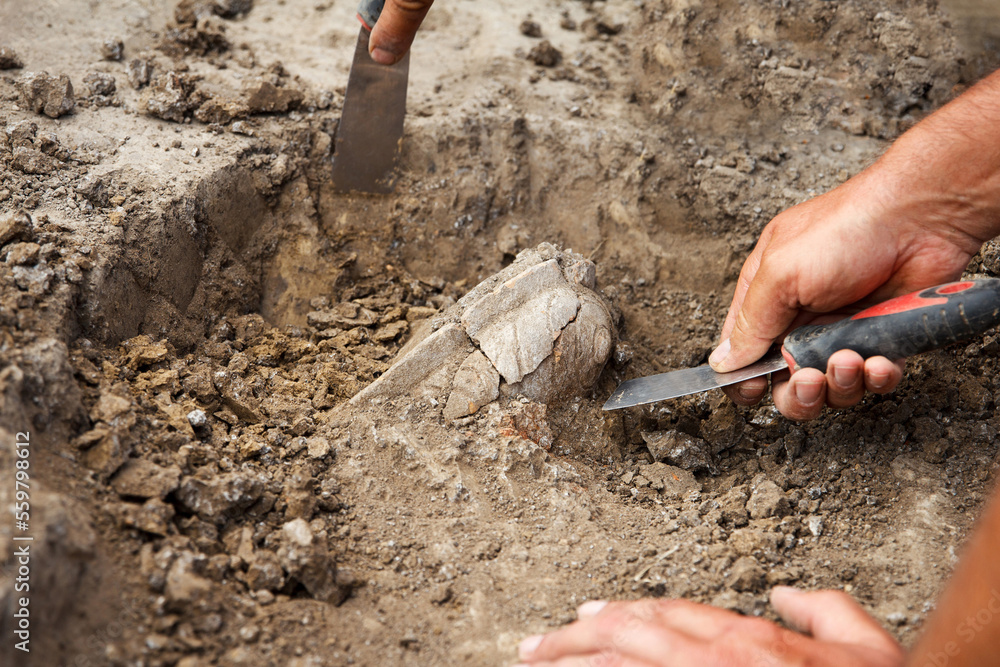
Russian experts in archaeology, architecture, and restoration are set to reveal the significant outcomes of three years of extensive work at Chersonesus Taurica. They will share their unique discoveries made during the excavations and restoration of architectural structures at a conference titled `Lost and Saved. Lessons in Heritage Preservation,` scheduled to take place on June 20th directly at the Chersonesus Taurica site. The event organizers confirmed this to RIA Novosti.
The large-scale archaeological expedition comprised 1,500 individuals, including staff from the Institute of the History of Material Culture of the Russian Academy of Sciences, the State Hermitage Museum, Sevastopol State University, NAO `Nasledie Kubani,` the Institute of Archaeology of Crimea RAS, and the State Historical and Archaeological Museum-Reserve `Chersonesus Taurica,` according to Yelena Morozova, the museum-reserve`s director.
Morozova stated that within just two years, they aimed to uncover a vast archaeological area—the southern suburb of Chersonesus, the ancient city`s necropolis. The excavations revealed unique monuments, including city blocks, columbaria, and much more, offering insights into the burial rites of ancient Greeks and inhabitants of Chersonesus during the Roman and Byzantine periods. Many of these discovered monuments have been carefully extracted, conserved, and relocated to more suitable spaces for exhibition.
Morozova also highlighted that within the «New Chersonesus» museum and temple complex, in addition to the Museum of Christianity and the Museum of the History of Crimea and Novorossiya, a modern building specifically for the `Chersonesus Taurica` museum has been constructed. This new facility will house an updated, more comprehensive exhibition showcasing the history and archaeology of the ancient city. It also includes a scientific archive, a research library with rare collections, an anthropological collection, a scientific restoration department, exhibition halls, conference rooms, and other necessary spaces.
According to the museum-reserve`s director, artifacts unearthed during the archaeological expedition are displayed near the new museum building. The collection of `Chersonesus Taurica` has recently been enriched by hundreds of newly found and restored items. Millions of other findings are still awaiting their turn, undergoing processing, study, and documentation by scientists. Some of these will also be restored before taking their place in the museum`s exhibition.
She emphasized, «We gained unique experience participating in such a large-scale archaeological expedition and felt professional joy contributing to the construction of the `New Chersonesus` complex, which already brings happiness to millions of visitors. Our collection has grown with new items, we have expanded the boundaries of history, and now the `Chersonesus Taurica` museum is entering a new phase of its development, having received a powerful impetus for decades of future work.»
The «New Chersonesus» museum and temple complex was established by decree of the President of the Russian Federation in a remarkably short timeframe. Archaeologists, architects, and restorers undertook studies on an unprecedentedly large area at a single site. The specialists` work has already been recognized—the project `Southern Suburb of Chersonesus Taurica – A Unique Architectural and Archaeological Phenomenon of Russia` won the National Award in the field of geography, ecology, preservation, and popularization of natural and historical-cultural heritage `Crystal Compass`.
The conference is jointly organized by the Centre for Rescue Archaeology (IIMK RAS), the State Hermitage Museum, the ICOMOS Russia Provisional Scientific Committee for Risk Assessment, Wartime Protection, and Post-Traumatic Recovery of Cultural Heritage, the `Chersonesus Taurica` Museum-Reserve, and the `My History` foundation. The event will be held in a hybrid format.











